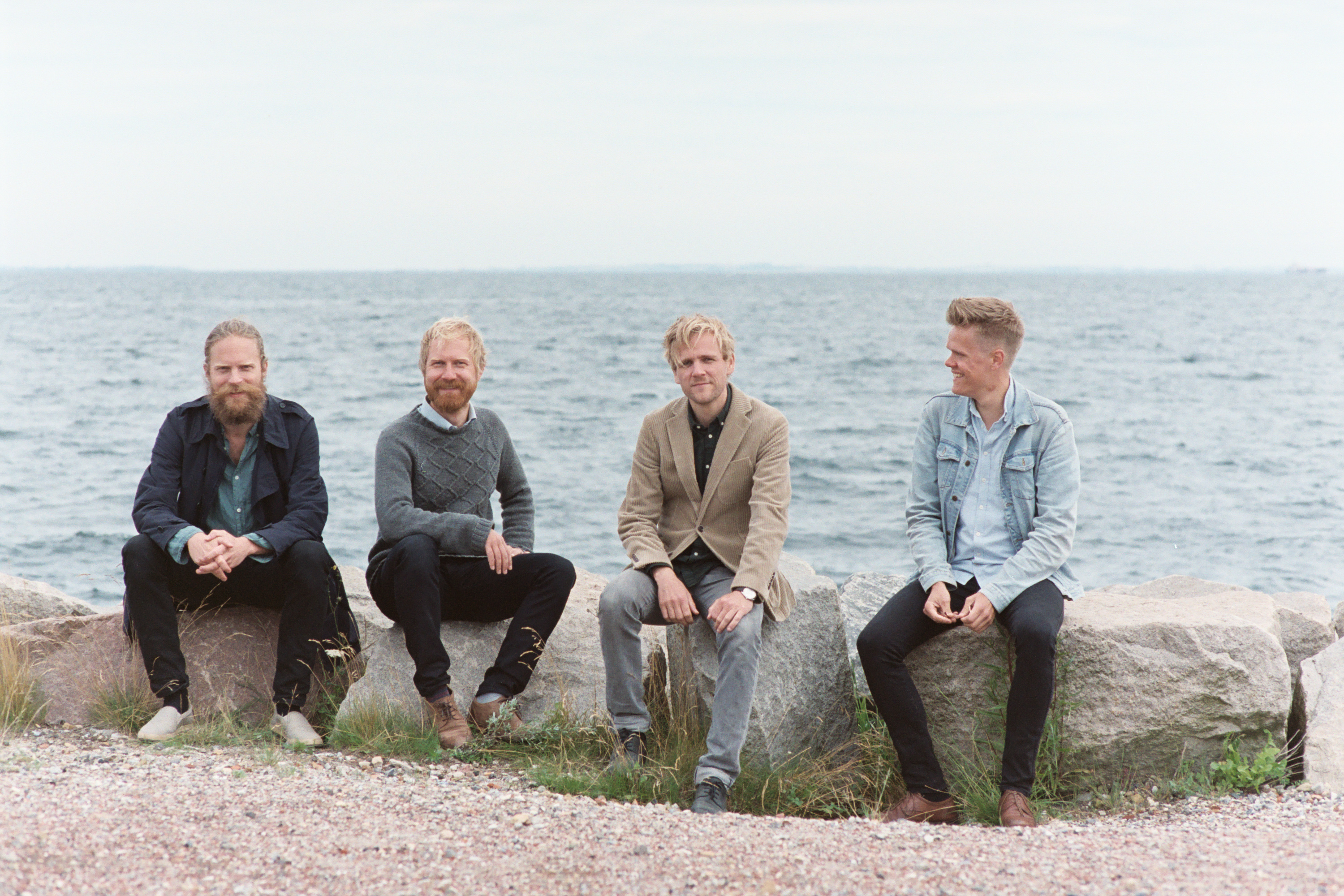Tag: String Quartet in E flat major Op. 74 No. 10 (“Harp”)
-

PROGRAM NOTES: DANISH STRING QUARTET
Ludwig van Beethoven String Quartet in C minor Op. 18 No. 4 In the Napoleonic era, when a Viennese aristocrat was thinking of entertaining friends at home, he might pop down to the local shop to pick up a six-pack—of string quartets, that is. The most refined form of home entertainment in Austria’s capital was…

